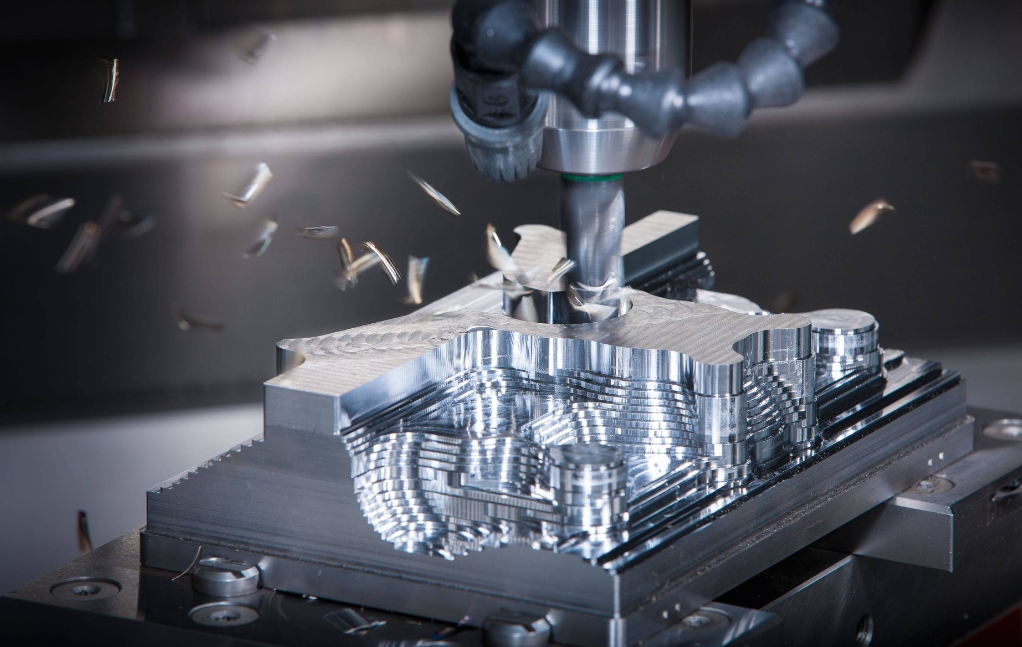Innovation at the Margins: Principles of CNC Machines in Manufacturing Excellence+ View more
Innovation at the Margins: Principles of CNC Machines in Manufacturing Excellence
+ View more
Date:2024-04-11 16:00
Within the intricate dance of modern manufacturing, Computer Numerical Control (CNC) machines execute their steps with a precision that borders on artistry. The world of production has been reshaped by these machines, which offer not just an increase in efficiency and reduction in human error, but also an elevation of what can be achieved through automated processes.
Foundations of CNC Machining
CNC machining is predicated on converting computerized designs into tangible parts through a meticulous language of commands known as G-code. This digital vocabulary instructs the machine on how to move, rotate, and cut materials in three-dimensional space. The tools mounted on these machines can drill, turn, mill, and sculpt with a level of accuracy that manual operations cannot match. This high degree of precision ensures components are produced exactly to specification, crucial for advanced applications where tolerances are measured in micrometers.
Precision Meets Productivity
The balance between speed and precision is the cornerstone of CNC effectiveness. Manufacturers depend on the rapid production capabilities of these machines to meet tight deadlines without compromising quality. A variety of industries, from automotive to aerospace, benefit from this harmony, achieving mass production standards while catering to the complex geometries and stringent material properties their products require.
Human Expertise Amidst Automation
Despite the automated nature of CNC machines, their successful application relies heavily on the expertise of human operators. Machinists need to understand the subtleties of different materials and tooling options. They're tasked with programming the machine accurately, setting it up properly, and conducting quality checks to ensure the final product meets all design criteria. The human role shifts from direct labor to one of oversight, analysis, and continual improvement—skills that become more sophisticated as the technology evolves.
Continuous Evolution and Integration
As Industry 4.0 unfolds, CNC machines have started to integrate more deeply with other digital technologies. Connectivity and data analytics allow for real-time monitoring and adjustments during production. Machine learning algorithms learn from every job completed, improving the efficiency and reliability of future tasks. These advancements are making CNC machines smarter, enabling them to anticipate issues, adapt to variables, and even order their own maintenance before breakdowns occur.
The Impact of CNC on Customization
Customization is another area where CNC machining shines. The ability to quickly change production from one custom piece to another by merely updating software instructions allows manufacturers to provide bespoke solutions with minimal delay. Industries that once relied on long runs of identical parts now have the flexibility to offer limited editions or tailor-made components, all thanks to the agility of CNC processes.
Real-World Application
For instance, consider a company specializing in high-performance marine engines, where each engine must fit specific dimensions and weight constraints for competitive racing boats. Through the application of CNC technology, this company is able to produce engines with parts that are both lightweight and structurally sound, optimizing for both power and fuel efficiency. This precision engineering contributes directly to their clients' successes in competitions, providing a clear example of how CNC machining acts as a catalyst for excellence within specialized manufacturing domains.
CNC machines are the silent giants upon which modern manufacturing builds its might. With each pass of the tool, each precise cut, and each polished finish, they demonstrate their unparalleled value in today's production landscape. As we continue to push the boundaries of what's possible in manufacturing, CNC technology remains a critical element, driving innovation at the margins and ensuring that even the most ambitious of designs can be realized with exacting standards.
Share to:
Recommend wonderful blog posts

